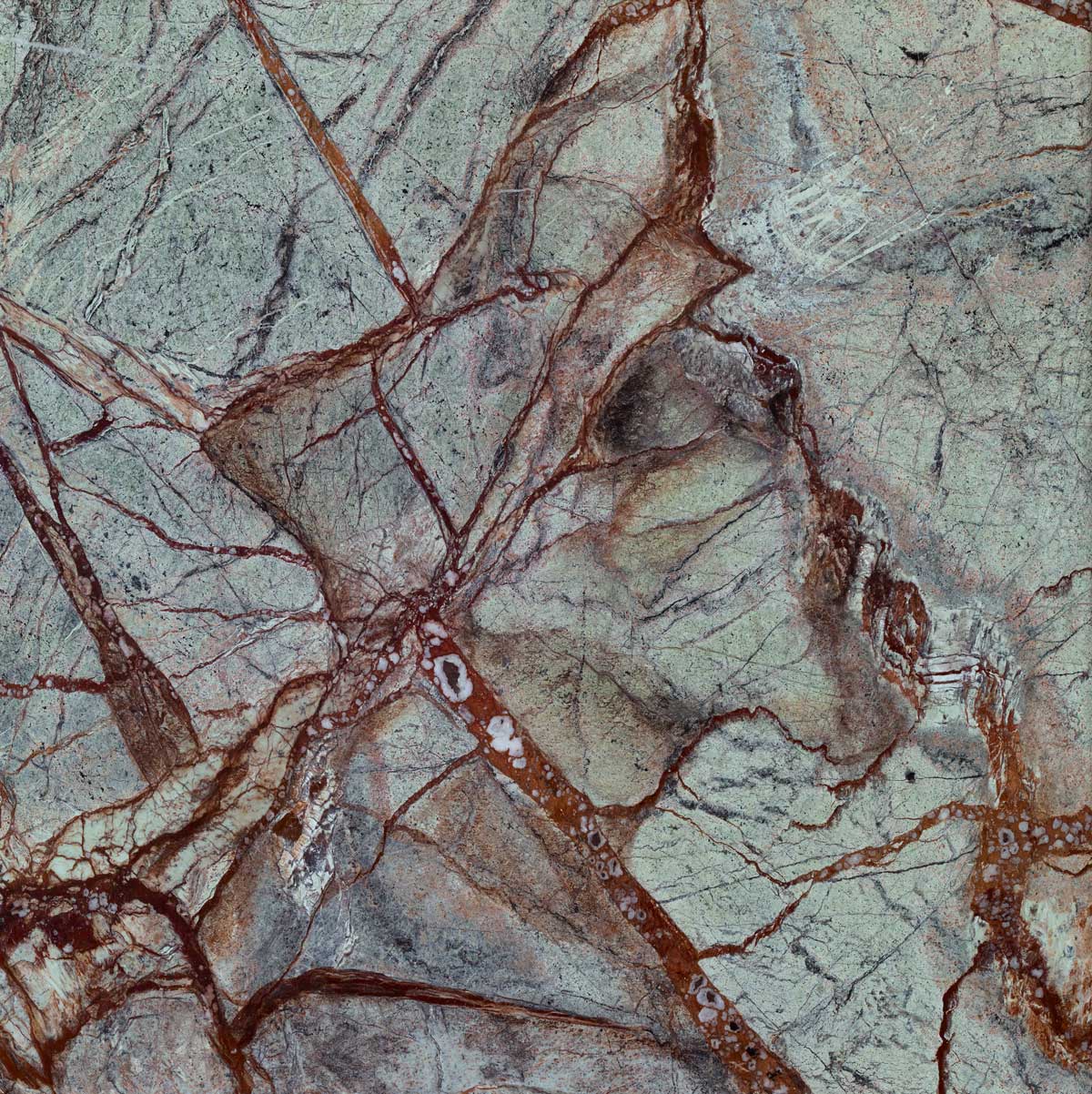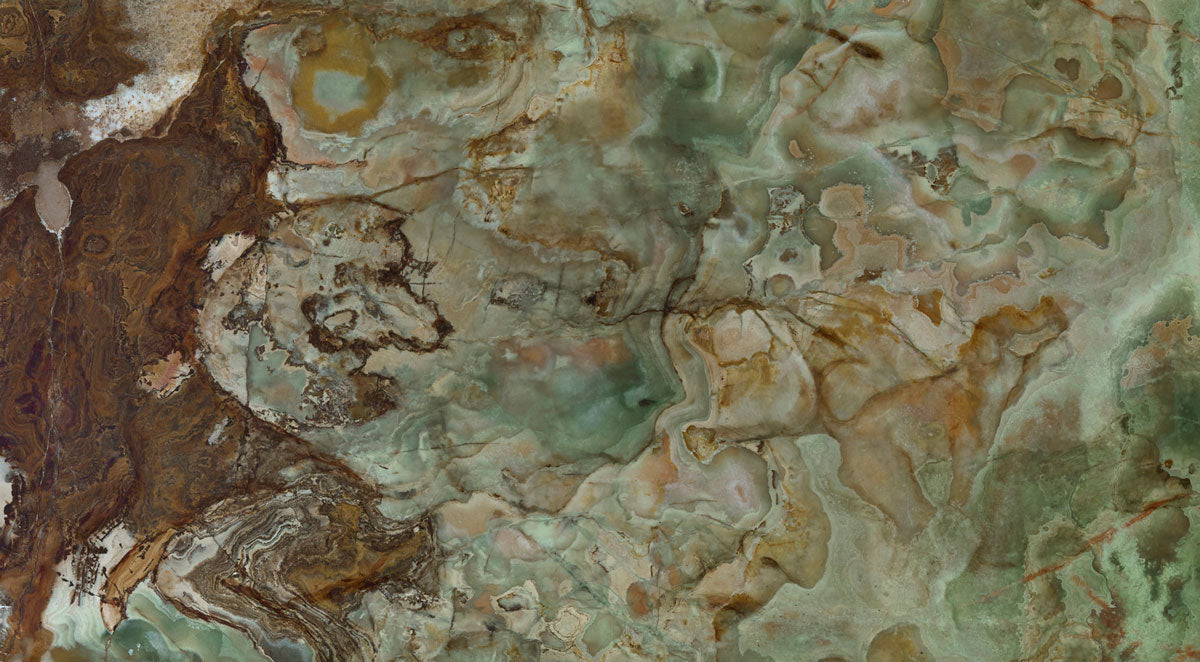Even though this artist’s training is far from his passion, Peñalta, his artistic name, spent most of his life letting his art loose in an “undercover” way. With no exhibitions, no spotlights, no rush.
It was clear to him since his early years, when he had to choose a career path, that plastic arts would be his choice, but as it happens more frequently than it should, he had to study something that would put food on the table… So, his second choice won the match. Lawyer by trade, he spent classes and later court sessions (he admits, laughing) drawing. And he drew constantly, “I connected emotionally with drawing in every kind of situation, whether good or bad. From elementary school through college”. And this is how he practiced his profession for years, but he was never able to quit “living” and almost in a clandestine fashion, he drew and drew again.
What my dear parents didn’t know is that it is all about living, not just eating. I live through drawing; I live because of it, but I don’t make a living out of it, which is not the same thing.
 One day (he shares in advance that the story is not as glamorous as he would like it to be), sitting in a public restroom inside a shopping mall, he realized there was a face trapped on the ceiling. He always carried a pencil with him, so he began liberating it. This was his first encounter with what is now his technique: painting on rock, whether marble, onyx, or quartzite, to see who could he free...
One day (he shares in advance that the story is not as glamorous as he would like it to be), sitting in a public restroom inside a shopping mall, he realized there was a face trapped on the ceiling. He always carried a pencil with him, so he began liberating it. This was his first encounter with what is now his technique: painting on rock, whether marble, onyx, or quartzite, to see who could he free...
He began tearing up cardboard through this process, which he would later try to rebuild with the silhouettes marked on it. He would try to discover a face, form, and essence. There was only one step between this and drawing on rocks, and since that moment up until now, 9 years have passed. “I started liberating, in the purest street graffiti style”, he tells us with humor. The learning curve was long, he started out with watercolor and later discovered its vulnerability; oil painting was what he needed. When he experimented with it, it felt like a material reunion. “I then realized that rocks are way more perfect than canvas. I discovered that they are like people, each one is different from the next, they behave differently, but once you get to know them, they offer you the opportunity to discover their attitude”.

Peñalta’s creative process is like a Christmas dinner, from the moment you leave the market (even before, while you picture yourself going to the market), with the illusion of what you will find. It is about a dialogue with himself that arises through nature, when he finds the rocks. “What I intend to do is to dance to the rhythm nature plays, with its veining, its improvisation. Nature creates its work and what I do is finish it”.
How do you choose the materials you use for each work?
I start by watching the plates, discarding and waking up the ears so I know where the whispers come from or, sometimes, screams, of beings, which have been trapped there for millions of years. I’m guided by visual or auditory insinuations, metaphorically speaking. This first part of the process consists in taking a quick look. The ecstatic part begins at this point.

How long does it usually take to create a piece, from its conception until its completion?
There’s no specific time, it depends on the piece. Sometimes it takes a lot of time and I don’t see a thing, and suddenly I go, “Here it is!”. I try to place them on my path, so I can see them continuously.
Step by step with the rock...
I place the plate on the frame and I sit, calmly now, to observe; something that today can be transgressive. Who can afford (since this is a luxury) to sit and watch? The time it might take varies a lot. Sometimes they are evident, others not so much. Trying to take it out is not easy. After the observation process, I need to begin completing the veining. To destroy what is already built.

How much is it the rock’s reality and how much is your perception?
Nature rules, that’s the message. It is about adjusting, adapting, and following the rhythms; everything in life is about rhythm. We often wish that everything could be a blank canvas and that we could paint according to what we want. But no, life is like a marble plate full of veining, we should start building from that point. This is your plate, it was given to you and here comes the veining. You have two possibilities before this: to feel sorry for yourself or to say, ‘I will build from this, following the rhythm’.
What do you feel passionate about when listening to rock?
Finding millennial brush strokes in nature, over which I have to continue. My work is to intervene them and fill them with faces, whether human or animal. What belongs to nature and what is mine? Sometimes I don’t even know. In the end, this is something you blend with. It becomes one. The eternal return, construction-destruction.
What challenges do you face?
I don’t know if I would call them challenges, since it is not an issue. Instead, it’s the pleasure of finding what hides in here. I know it’s speaking to me and I ignore who’s on the other side. The challenge is: I will find you. Walking by a rock for the 50th time and saying ‘Here it is! How did I miss it before?'.

How do you manage the recognition you get for your work?
I never thought this could have any repercussion. I was never in a hurry, to exhibit or to find. My work flowed in complete freedom. I realized, little by little, that just the fact of painting is worthy itself. Whenever I sit in my workshop and certain time of the day comes, special weather, certain type of music, a mood, inspiration builds up and you reach the point where you say, it is nice if you sell, but the really important thing is when I finish a piece and tell myself: ‘this is something no one can take away from me’. This is worth more than the piece itself, the power of having created it, taking the time to do it.

Which artists have inspired you along your life?
There are many. Since I was a kid and especially when I finished college (since I wasn’t able to study an art-related career), I used to watch and study artists, but one of the most important influences, undoubtedly, is Goya. I carry him in my gut. Another great inspiration for me was Egon Schiele, who at the early age of 27 emanated talent and emotion in each of his traces; he was someone fully disruptive for the time.
And last but not least, where was Peñalta born?
It is a nickname that emerged many years ago, when I left for some time and lived in a house I have on the top of a crag to think if living was worthy. And I can say that it is definitely worth it.


